

The revival in this story occurred in Cornwall County, England, in the town of Baldhu
Introduction
This revival story begins with Rev. William Haslam (1818-1905), an ordained minister with the Church of England. Though a minister, like many from the Church of England, he was unconverted. Haslam said that his salvation was resting on having been baptized into the Church and by taking communion. He assumed he was safely on his way to Heaven, but later acknowledged that he “was going about to establish my own righteousness instead of submitting to the righteousness of God.”
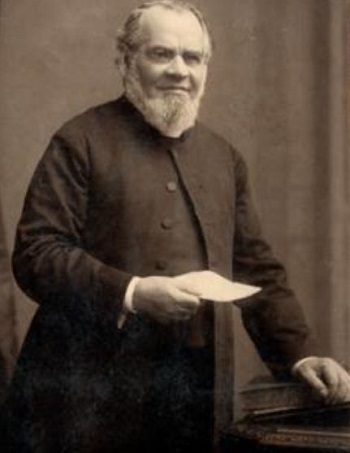
Rev. William Haslam
What Happened
Haslam was ordained in 1842, and was placed in charge of a church in Perranzabuloe. In 1846 he was appointed to the county/parish of Baldhu. This location didn’t have a church building, and through his efforts one was built in 1848.
During these years Haslam’s mind was continually troubled about the Methodists and the joy they experienced upon what they referred to as “conversion.” His troubled state led him to meet and talk with the Rev. Robert Aitken, who was a converted minister in Pendeen.
Following their discussion, they knelt down and prayed, and Haslam was overcome with emotion and began to weep. Haslam was not converted at this time, but he was taking steps in that direction. On his return home he had the dreadful fear of what would happen if he appeared before the Lord and heard the words
Depart from me; I never knew you.

The Next Sunday Service (1851)
Haslam’s mind was in turmoil leading to the upcoming Sunday service. He had even considered closing the church until he was converted.
He decided to read the morning prayers during the service, say a few words, and then bring the service to an end. The reading for the prayers was from the account in Matthew 22:42, “What think ye of Christ?” He explained how, when Jesus asked the Pharisees this question, they didn’t understand that He had come to save them. From Haslam’s own words, he tells us what happened next during this church service:
Something was telling me, all the time, ‘You are no better than the Pharisees. You do not believe He has come to save you any more than they did.’ I do not remember all I said, but I felt a wonderful light and joy coming into my soul, and I was beginning to see what the Pharisees did not.
Whether it was in my words, or my manner, or my look, I know not; but all of a sudden, a local preacher, who happened to be in the congregation, stood up, and putting up his arms, shouted out in Cornish fashion, “The parson is converted! The parson is converted! Hallelujah!”
In another moment his voice was lost in the shouts and praises of three or four hundred of the congregation. Instead of rebuking this extraordinary ‘brawling’ as I should have done in former time, I joined in the outbreak of praise, and then gave out the Doxology – “Praise God from whom all blessings flow,” and the people sang it over and over again.
At least 20 people were born again that morning, and the news spread throughout the region that
The parson had been converted, and that in his own pulpit, and by his own sermon.
The building couldn’t hold the crowds that came to the service that evening. The church in the coming days was filled with praise, many were saved, and revivals broke out in many other places throughout the region.

Inside the Baldhu church
“The parson is converted! The parson is converted! Hallelujah!”
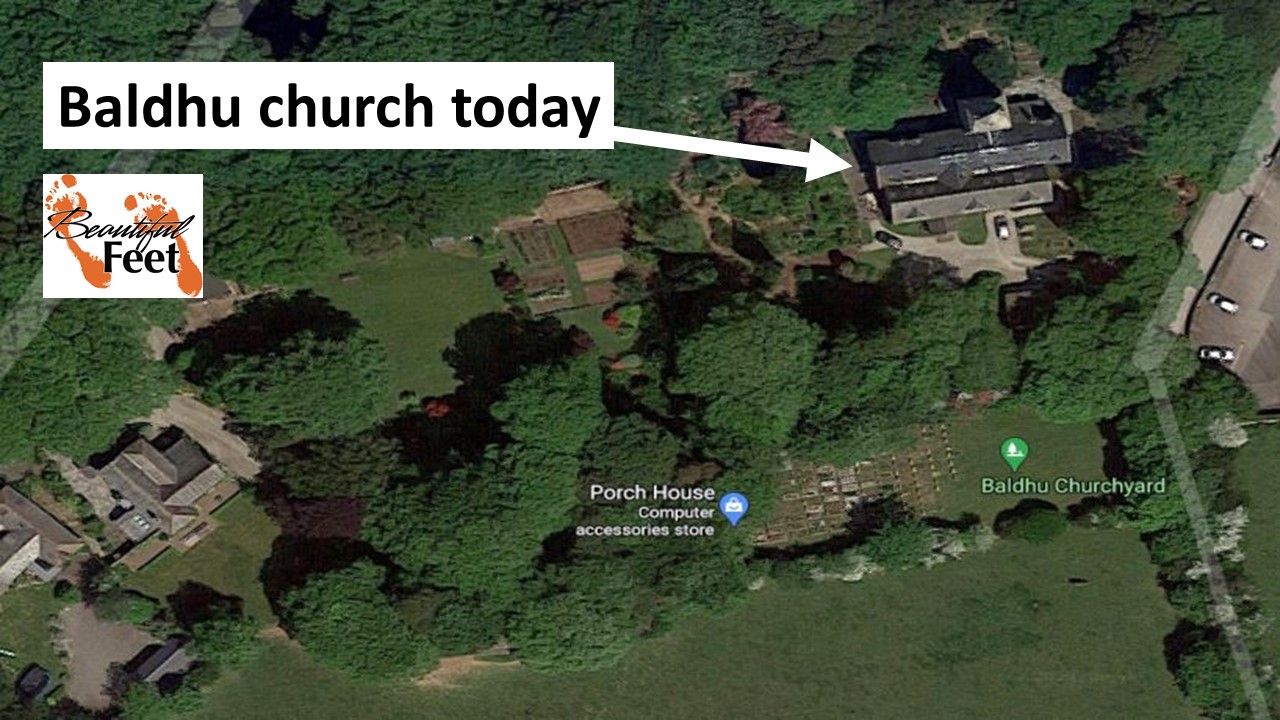
The church has since been converted into a luxurious home. See on google maps with this link.
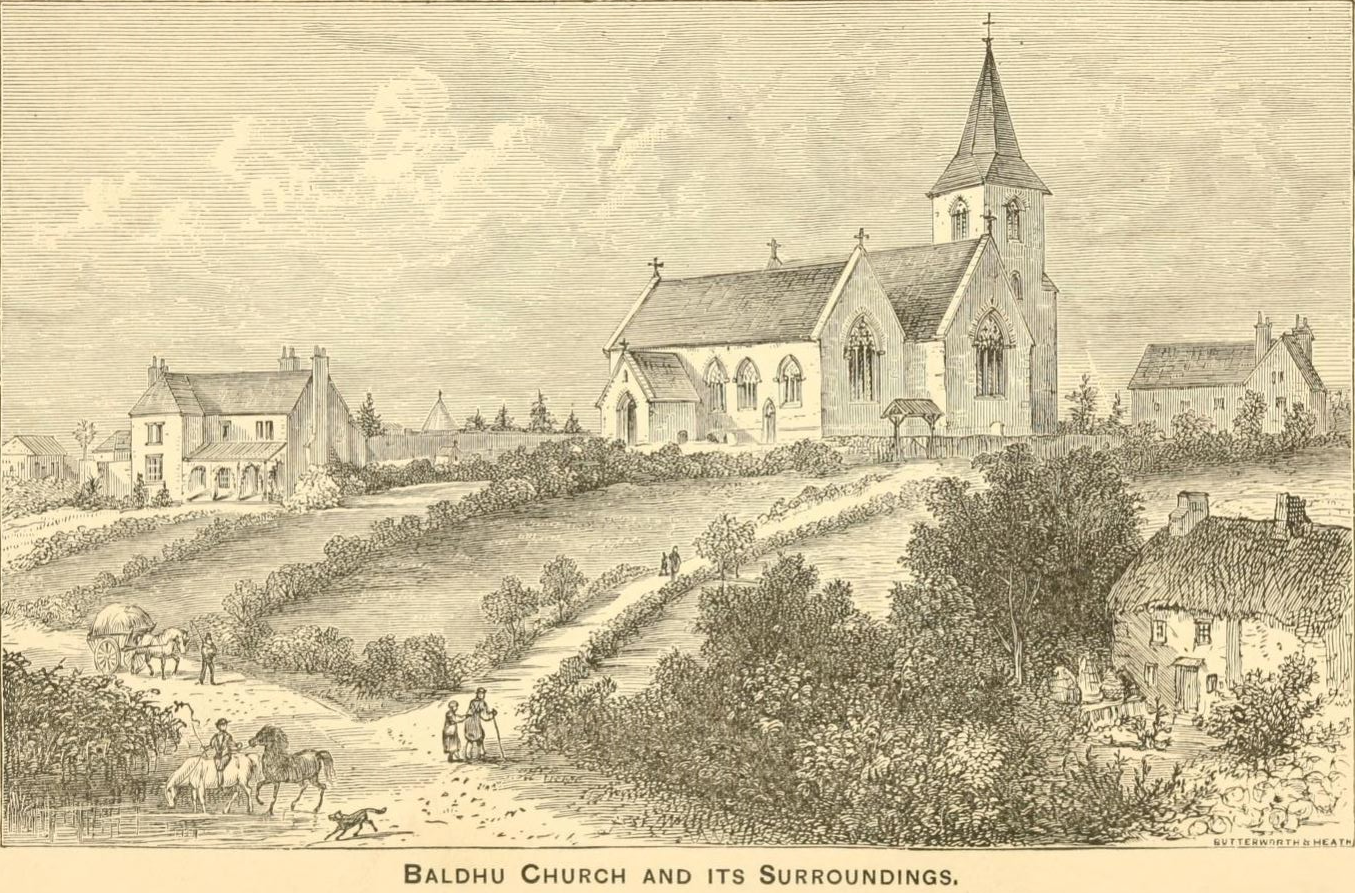
Revivals Accompanied Haslam Throughout His Life
A revival atmosphere continued in the Baldhu church and region for three years. Haslam then left that church in 1855 and began traveling as a revivalist, and for the remainder of his life he would receive invitations to preach in different parts of England and Ireland, with revivals frequently occurring wherever he ministered. Here is one account of what occurred through his preaching:
One Whit-monday [day after Pentecost Sunday], as I was speaking about the day of Pentecost, as described in the second chapter of Acts, I remarked, that the Holy Ghost came upon the people who were assembled with one accord in one place. They were all filled with the Holy Ghost, and all began to speak as the Spirit gave them utterance. The multitude were amazed and in doubt, saying one to another, “What meaneth this?” Others mocking, said, “These men are full of new wine.” And others were pricked in their hearts, and said to Peter and the rest of the Apostles, “Men and brethren, what shall we do?”
I said, “The Holy Ghost is not changed; He can fall on us, and fill us now.”
While I was yet speaking, as if by a preconcerted signal (which of course had not been made), at least fifty or sixty persons fell simultaneously to the ground; and perhaps three times that number praised God with loud voices. It was a sudden burst, proceeding from the same fountain of cause. One did not catch it from another; but all were under the influence of the same Spirit.
From the platform the scene was one of extraordinary confusion; and doubtless it presented a similar aspect from other positions. From time to time, one after another—those who had been seeking mercy—found it, and began to rejoice. This made others who had not found peace more terribly in earnest. Thus we continued for two hours, till it was time to go to the trains. Those who were still anxious were led between two persons, and in most cases they were crying as they went along. The trains being late we continued our meeting at the station.
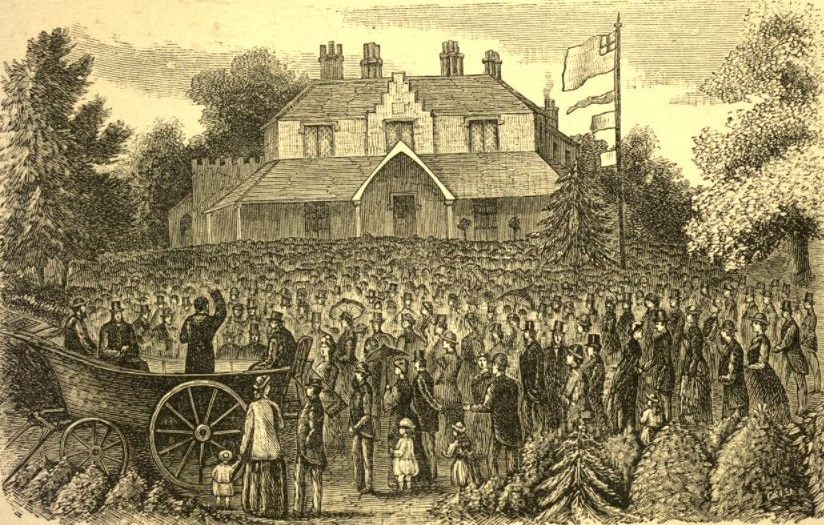
THE WHIT-MONDAY GATHERING
Another Account of God’s Power During a Revival
On a Saturday afternoon there were 3,000 gathered for a service at Mount Hawke. After opening the service with the song “O for a Thousand Tongues,” Haslam then spoke about the reality of how Christ Jesus came into the world to save sinners. As he pressed that thought upon those assembled,
A mighty power of the Spirit of the Lord came on the people, and several hundreds fell upon their knees simultaneously, and many began to cry aloud for mercy. The strange part was, that the power of the Lord appeared to pass diagonally through the crowd, so that there was a lane of people on their knees six or eight feet deep, banked up on either side by others standing. It extended from the left-hand corner near me, to the right-hand corner in the distance.
It was impossible to continue preaching, so Haslam led in a hymn, then began walking among those who had been overcome by the presence of God, praying for their total freedom.
As it grew dark, they moved to the school, which became filled with men and women crying in distress for the condition of their souls. When Haslam arrived he found the school building so packed with bodies that he was unable to enter through the door, so he climbed in through a window, and had to stand on the teacher’s desk.
The noise of the people crying out for mercy was so loud that Haslam could only communicate with those who were close to him. One by one, as they found peace with God and began to rejoice in their newfound salvation, they would go out of the building and others would come forward for prayer.
Haslam left the service at 10 p.m., but it continued without an ending until Sunday night eight days later. There was a continual stream of people coming in to pray and receive salvation.
Haslam would stop in on the proceedings during those eight days, but the people were so absorbed in their prayers for salvation that they didn’t pay any attention to his presence. None of the people filling the school room at the time were even present when Haslam was preaching the previous Saturday.
Gifts of the Holy Spirit
William Haslam was a continuationist, that is, a firm believer that the gifts of the Holy Spirit never ended with the last apostle. He writes in chapters 11 and 13 of his book, “From Death to Life,” that he could fill a book with the stories of how the Holy Spirit’s gifts worked through His people.
In those chapters of his book he tells of the presence of God and the gifts of the Holy Spirit that manifested themselves:
► Tangible manifest presence of God
► Dreams
► Visions
► Startlingly accurate prophecies
► Gifts of healing
► Words of Knowledge
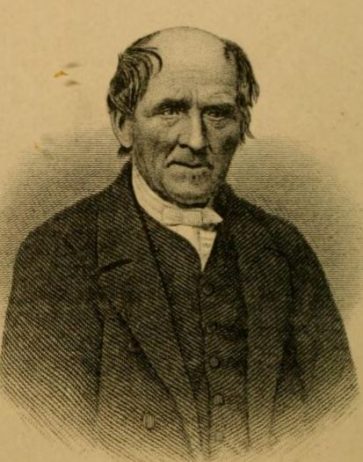
Billy Bray
Anecdotal Information about Billy Bray
We will not go into detail about Billy Bray, but being a contemporary of William Haslam, and with their paths having crossed, we did want to add these couple of paragraphs about him.
Bray was a full-time miner, but found time to build several churches in Cornwall County. This was through his personal fundraising efforts, as well as his own manual labor.
Bray was also a minister, and was most noted for being an eccentric worshipper, always rejoicing, dancing, and shouting, both during and outside of church services.
In Billy Bray’s memoirs there is also a chapter about his visit to William Haslam’s home in 1852. A similar account of that visit can be read in chapter 12 of Haslam’s “From Death to Life.”

Billy Bray’s “Three Eyes Chapel.” The only church built by Billy Bray that is still standing. Source: Sheila Russell
Sources
► From Death into Life by William Haslam
► Robert Aitken by Wikipedia
► The Threefold Gift of God by William Haslam
► Video about William Haslam by UK WELLS
► Yet Not I by William Haslam
Sources for Billy Bray
Billy Bray by Wikipedia
Billy Bray by UK WELLS
Billy Bray, Enthusiastic Christian by Herald of Grace
The King’s Son or A Memoir of Billy Bray compiled by F. W. Bourne
Return to List of Revival Stories
Chet & Phyllis Swearingen
(260) 920-8248
romans1015@outlook.com
Beautiful Feet
P.O. Box 915
Auburn, IN 46706

